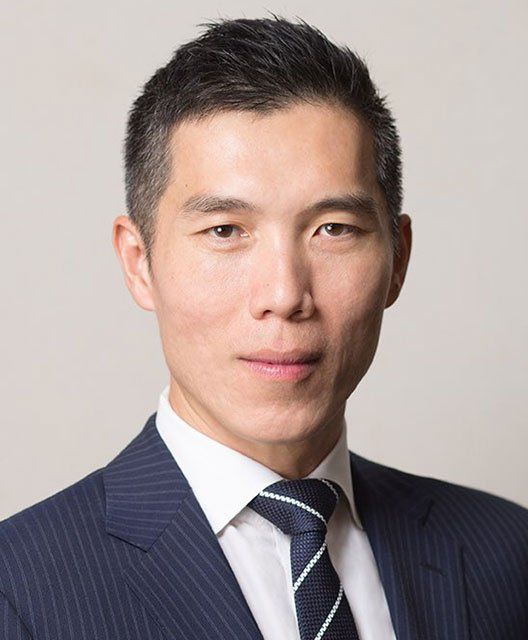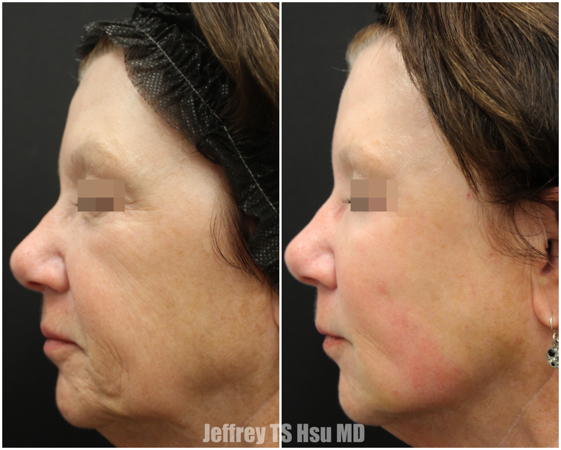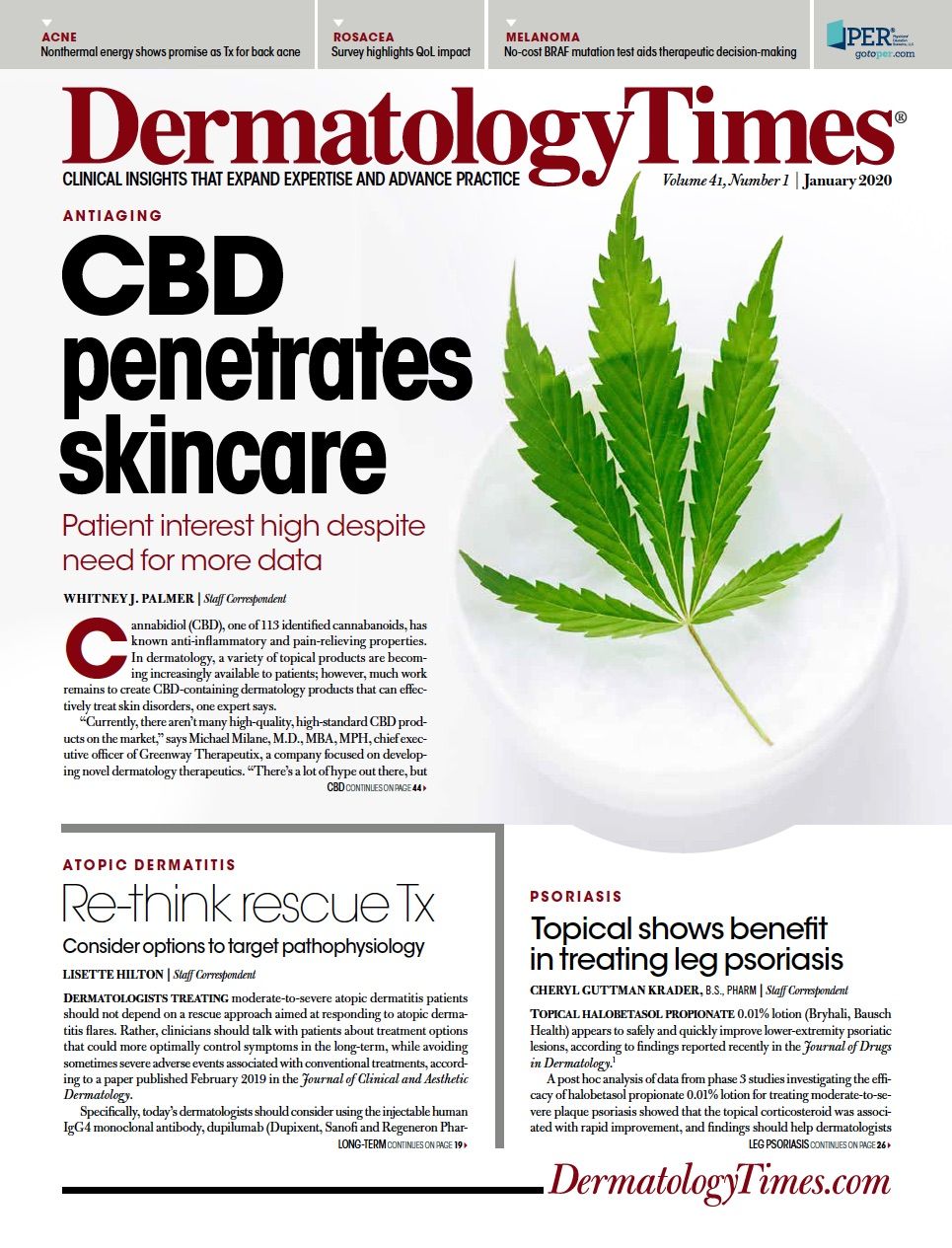- General Dermatology
- Eczema
- Alopecia
- Aesthetics
- Vitiligo
- COVID-19
- Actinic Keratosis
- Precision Medicine and Biologics
- Rare Disease
- Wound Care
- Rosacea
- Psoriasis
- Psoriatic Arthritis
- Atopic Dermatitis
- Melasma
- NP and PA
- Skin Cancer
- Hidradenitis Suppurativa
- Drug Watch
- Pigmentary Disorders
- Acne
- Pediatric Dermatology
- Practice Management
Fat grafting made easier
Fat grafting offers a facial volumizing option to differentiate the dermatology practice and, says Dr. Jeffrey Hsu, this all-in-one technology may simplify the process and deliver reliable results.
Dr. Hsu

66-Year-old female patient shown before (left) and two weeks after (right) 45 cc fat injected. Photos courtesy Dr. Jeffrey Hsu.

45-Year-old female patient shown before (left) and two weeks after (right) 27 cc fat injected. Photos courtesy Dr. Jeffrey Hsu.

Chicago-based dermatologist Jeffrey Hsu, M.D., tells Dermatology Times that the BeautiFill device automates and simplifies fat transfer, allowing Dr. Hsu to harvest and reinject fat in two steps in the exam room - not the operating room.
There is a need for facial volumization options, according to Dr. Hsu.
“Physicians know the importance of using fillers to volumize the face for rejuvenating and enhancing appearance,” Dr. Hsu says.
The downsides of synthetic dermal fillers are that they’re temporary and can quickly become cost prohibitive. And patients are demanding alternatives that are more organic and natural.
“In that context, I think fat is an important option that patients should be aware of because basically we’re taking fat away from where they don’t want it, typically the abdomen, the hips or thighs, and we put it where patients do need it in the face, the breasts or buttocks,” says Dr. Hsu, a clinical assistant professor of dermatology at University of Illinois.
Fat as a filler makes sense to patients because it’s natural, long-lasting and can be more economical than synthetic fillers in the long term, according to Dr. Hsu.
But fat grafting usually requires multiple steps, an operating room and a lot of time, which deters dermatologists and their patients from having the procedure. Traditional fat harvesting methods, from mechanical liposuction to ultrasound and laser-based methods, typically are intended to destroy fat rather than keep it viable. And keeping fat cells intact and alive is key to the longevity and success of fat transfer, according to Dr. Hsu.
An All-in-One Technology
But there’s a technology that eliminates undesirable steps necessary for autologous fat transfer, including the need for patients to undergo general anesthesia.
Dr. Hsu uses BeautiFill (Alma Lasers) in the exam room, with local tumescent anesthesia to keep patients comfortable during the process.
The FDA-cleared technology combines tumescent infiltration, laser energy to loosen harvested fat, aspiration and a process for successfully separating viable fat cells for re-injection.
“The harvesting process, once you become comfortable with it, can be a matter of 10 or 15 minutes. That’s the biggest hurdle for some dermatologists,” he says.
BeautiFill includes a 1470 nm laser that is imbedded in the device’s suction canula. The low and gentle laser energy loosens fat cells for removal with much less effort and trauma, according to Dr. Hsu.
The machine then processes the fat, separating the pure fat from the liquid. A study on BeautiFill found 95% of fat cells were intact and unharmed after processing.
“That was verified by a study that had 10 patients that had split body work. Half the body was treated with traditional mechanical liposuction and half the body with BeautiFill. The researchers found that the fat cells on the BeautiFill side had approximately 95% survival,” Dr. Hsu says.
Fat cell survival on the mechanical lipo side was an average 80%, according to Dr. Hsu. But average survival doesn’t tell the whole story, he says.
“… it’s the difference in variation, as well,” Dr. Hsu says. “In the mechanical side, the survival was as low as 50% in two cases. In the BeautiFill side, the lowest survival was 90%. So not only did BeautiFill give better average survival but [a] much more consistent result, as well.”
At the end of the BeautiFill procedure the dermatologist injects pure fat that is contained in one cannister.
Dr. Hsu injects fat predominately into the face for volumization.
“I typically harvest the fat from the abdomen or the flanks or thighs and then place it into the face. In many other practices, they’re using the same technique to enhance the buttocks or enhance the breasts,” he says.
Among Dr. Hsu’s tips for best outcomes: Dermatologists and other providers should educate themselves.
“As much as this device can simplify the procedure for you, it still takes a basic understanding of the anatomy and of pharmacology, given that we do have to anesthetize the harvest sites,” he says.
Facial fat grafting also does not entirely replace the need for synthetic dermal fillers. Facial fat grafting is ideal for patients who have more advanced facial atrophy and would require so much filler every year that it becomes cost prohibitive.
“By using fat, we can establish a foundation for the entire face upon which you can finesse the result with fillers. I think it works better hand in hand, in a complementary manner. I don’t think it replaces fillers,” he says.
There’s another benefit to his offering BeautiFill, according to Dr. Hsu. It separates his practice from the overabundance of physicians and nonphysicians who offer only dermal fillers.
“We’re all busy providing fillers. I feel the injectables have been sort of commoditized by not just doctors in other specialties but by many non-physicians and aestheticians, such that these days it’s very difficult to stand out as a provider of injectable services,” he says. “This is a great procedure for dermatologists to learn and provide because then we establish ourselves as the premier provider of facial volumization. Many other specialties and especially non-physicians will not provide this service given their lack of education and lack of expertise.”
Dr. Hsu, who is not a researcher for BeautiFill but is a speaker and advisor for Alma Lasers, says studies are underway to look at the longevity of results from BeautiFill fat grafting.
Disclosures:
Dr. Hsu is a speaker and advisor for Alma Lasers.

